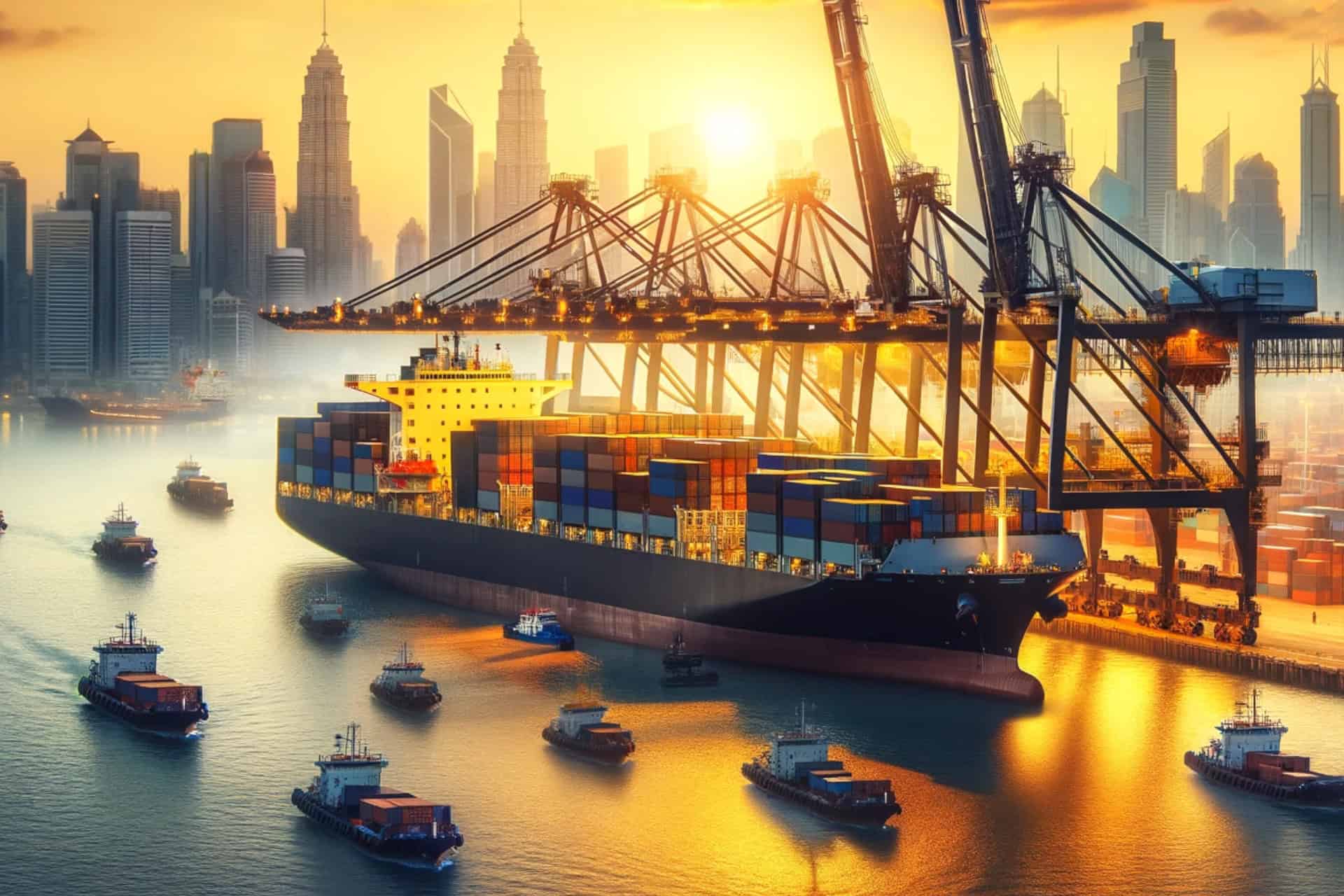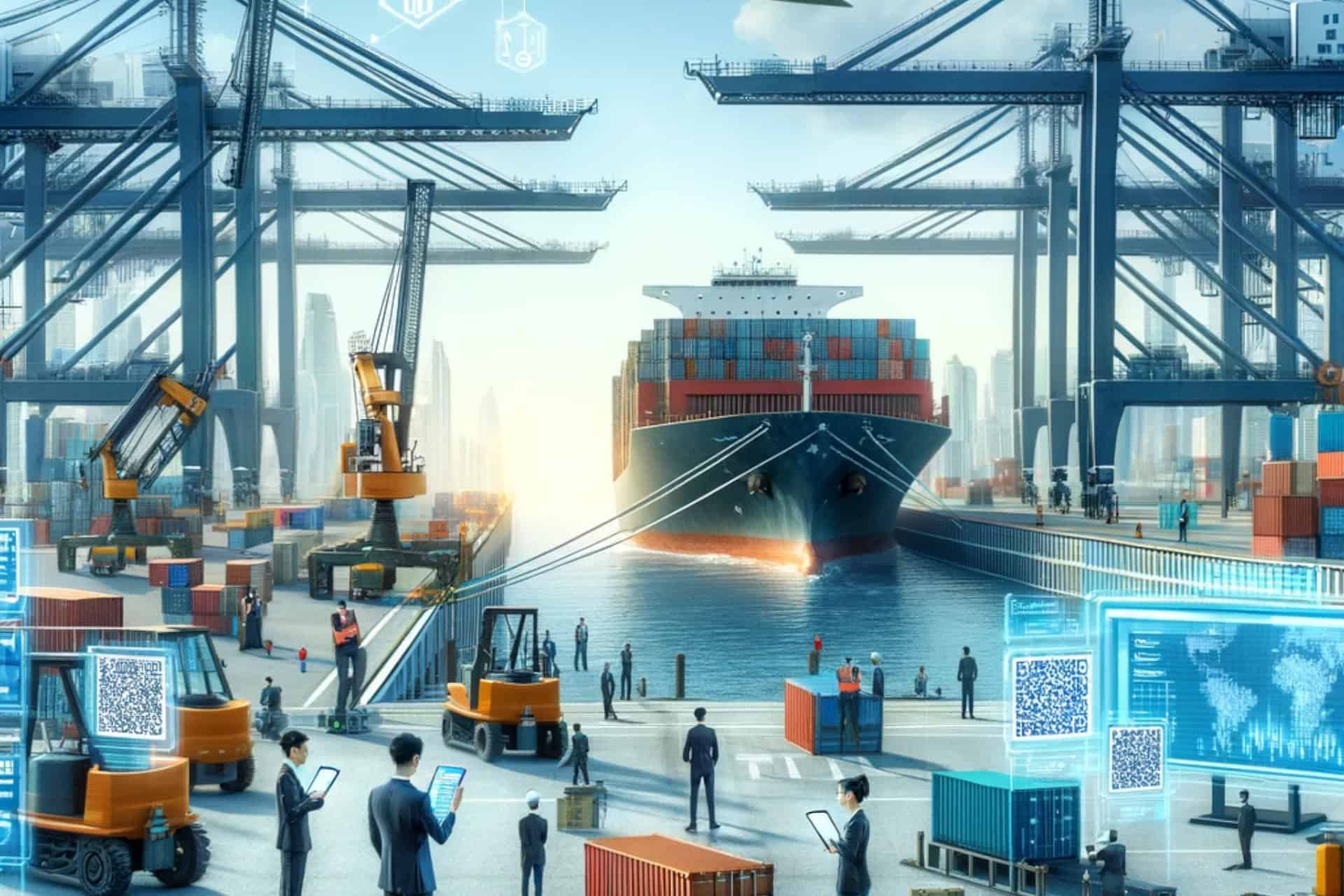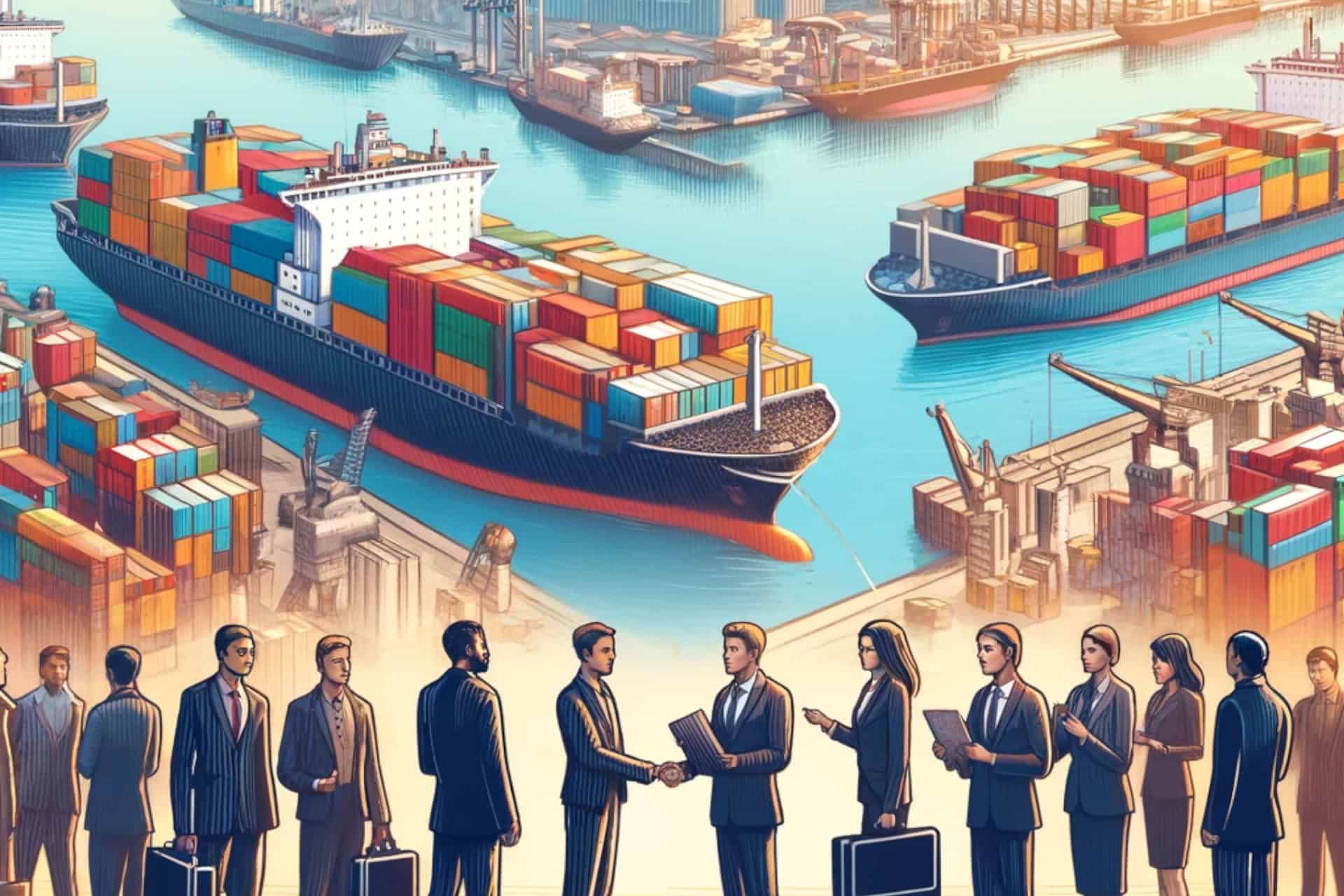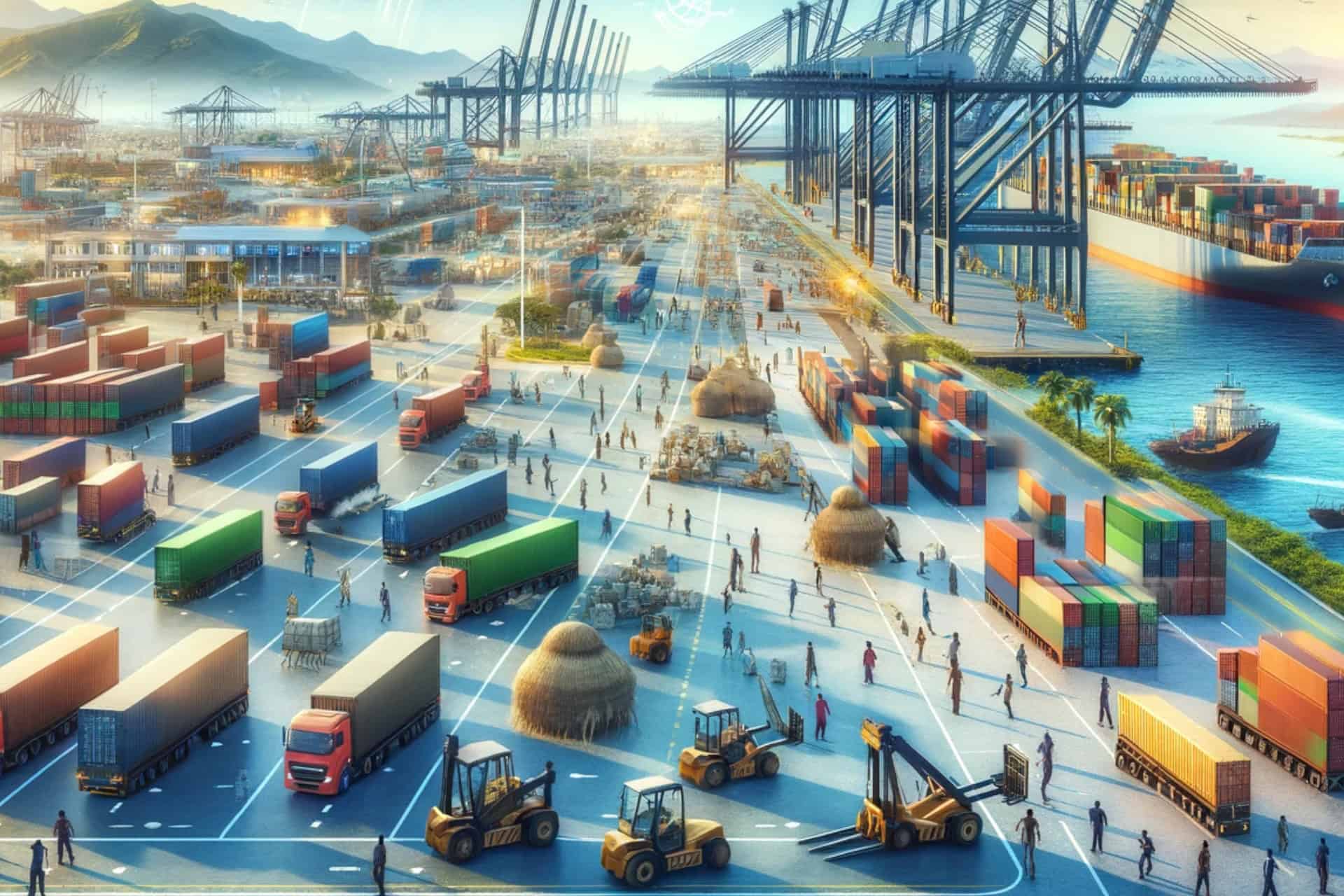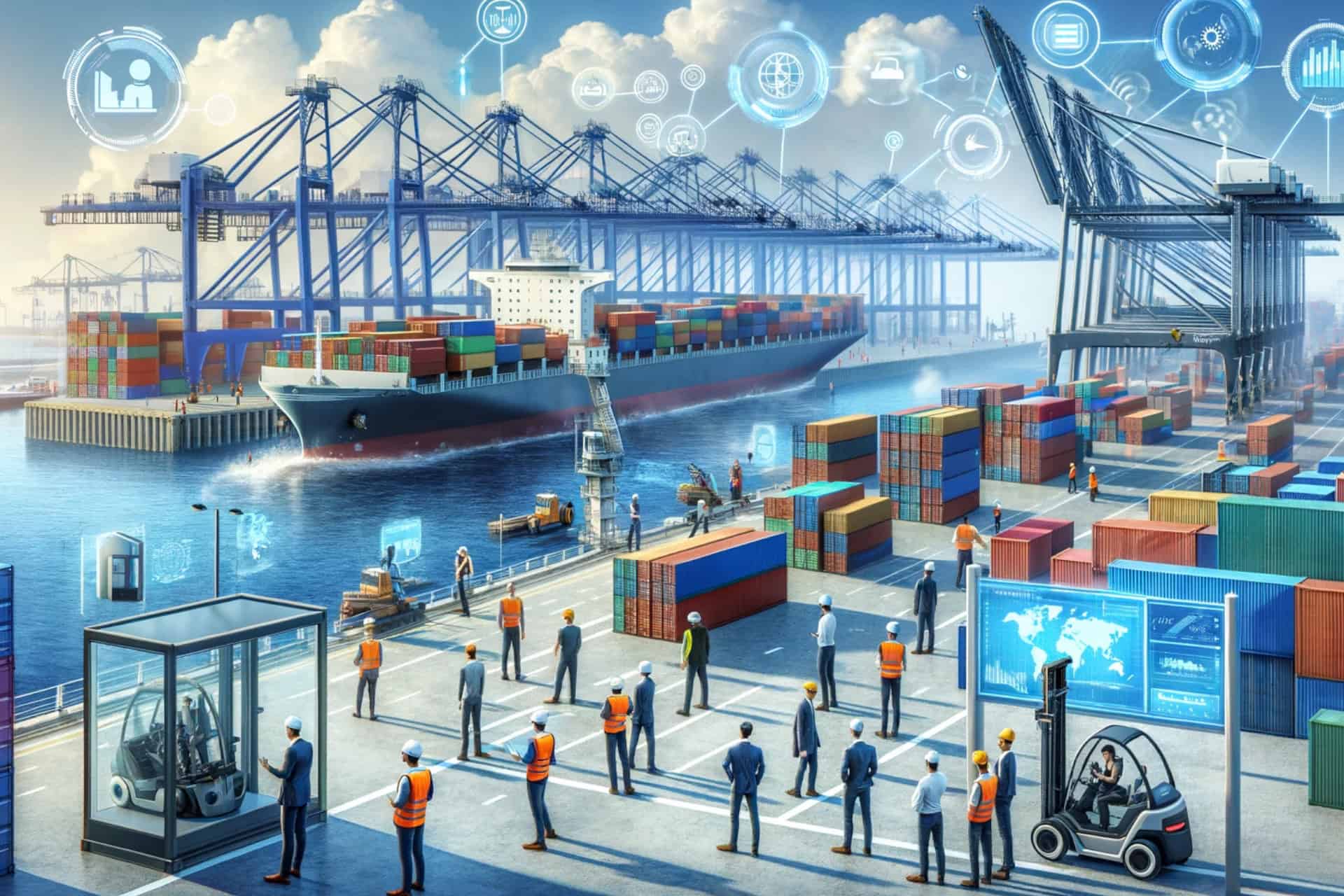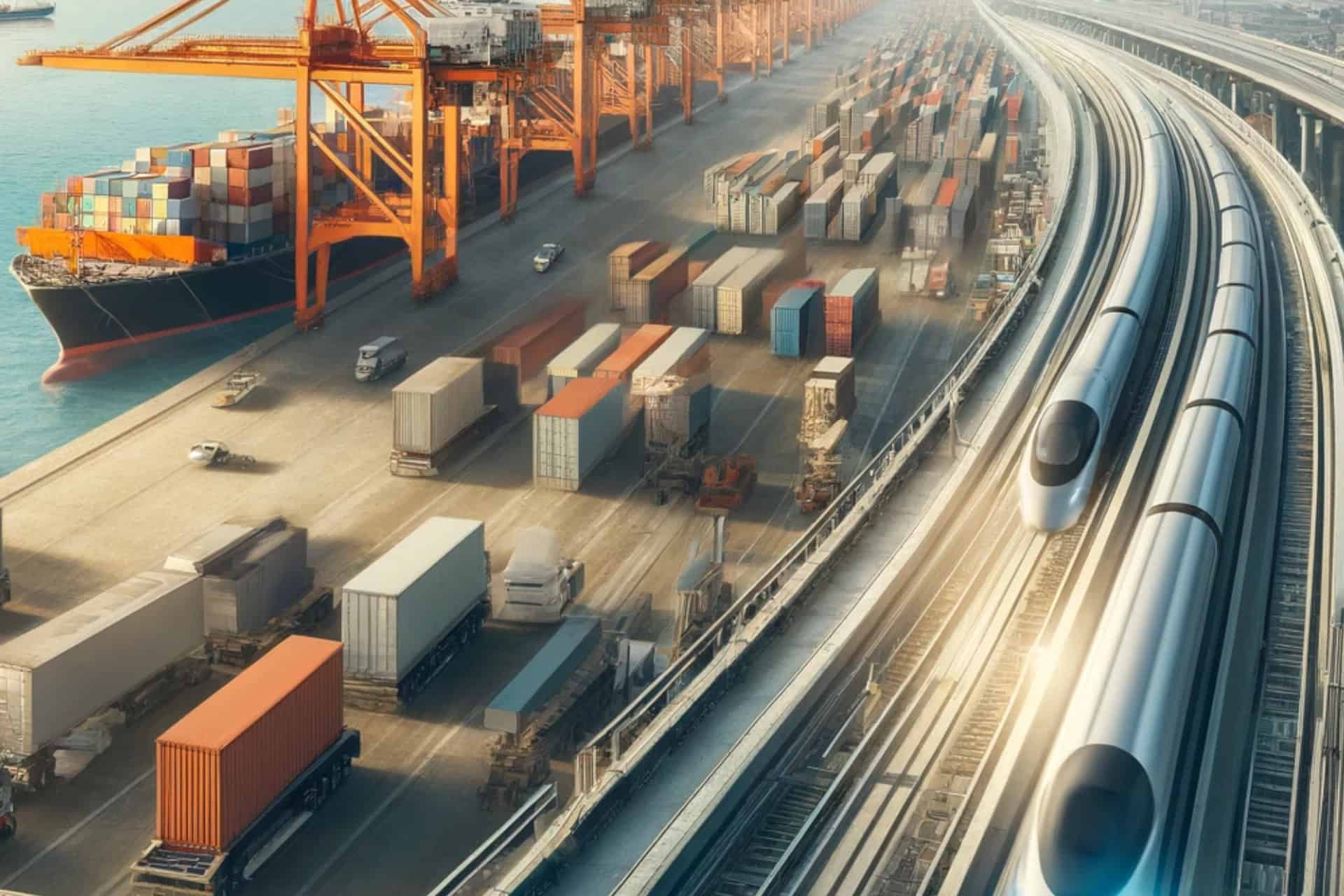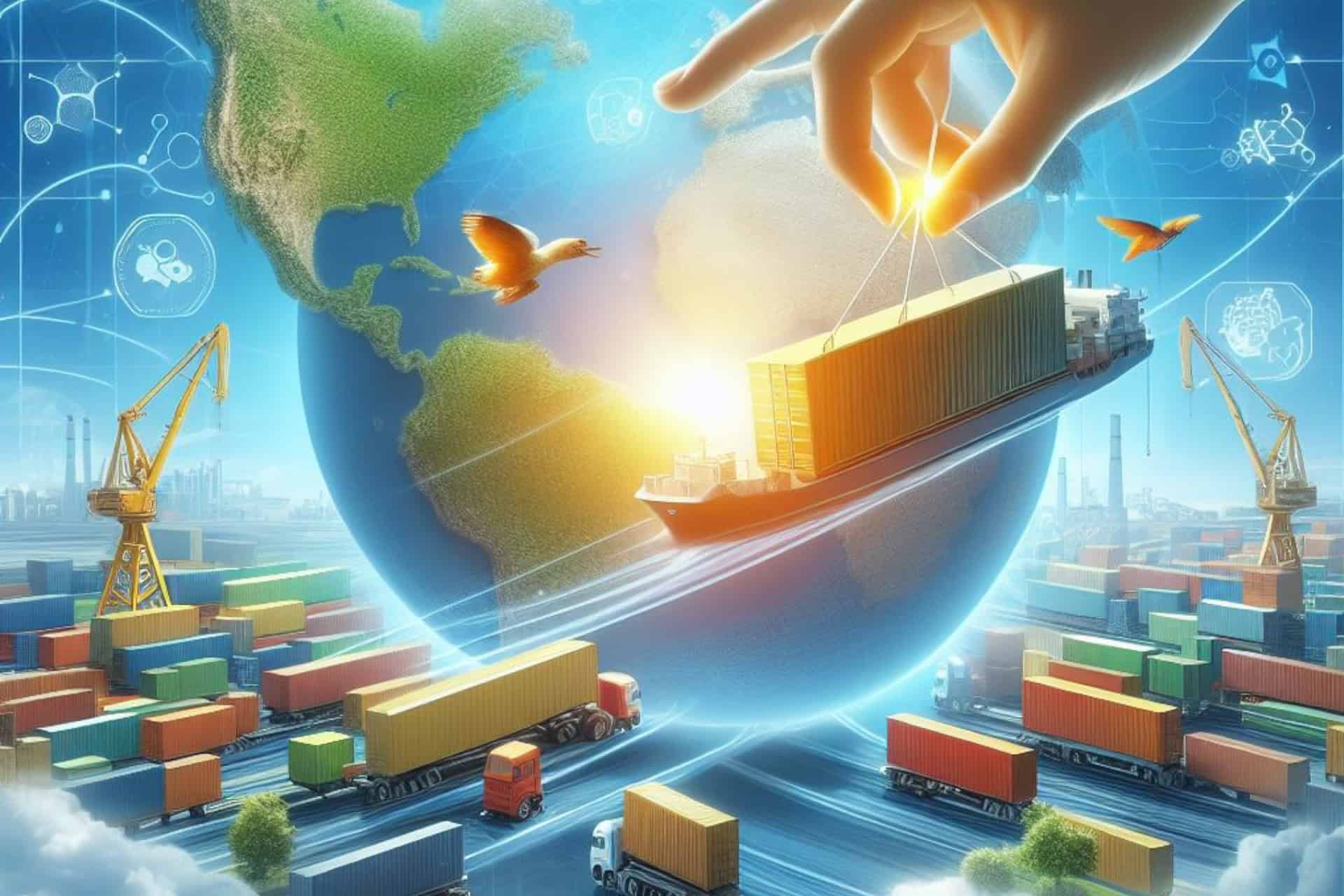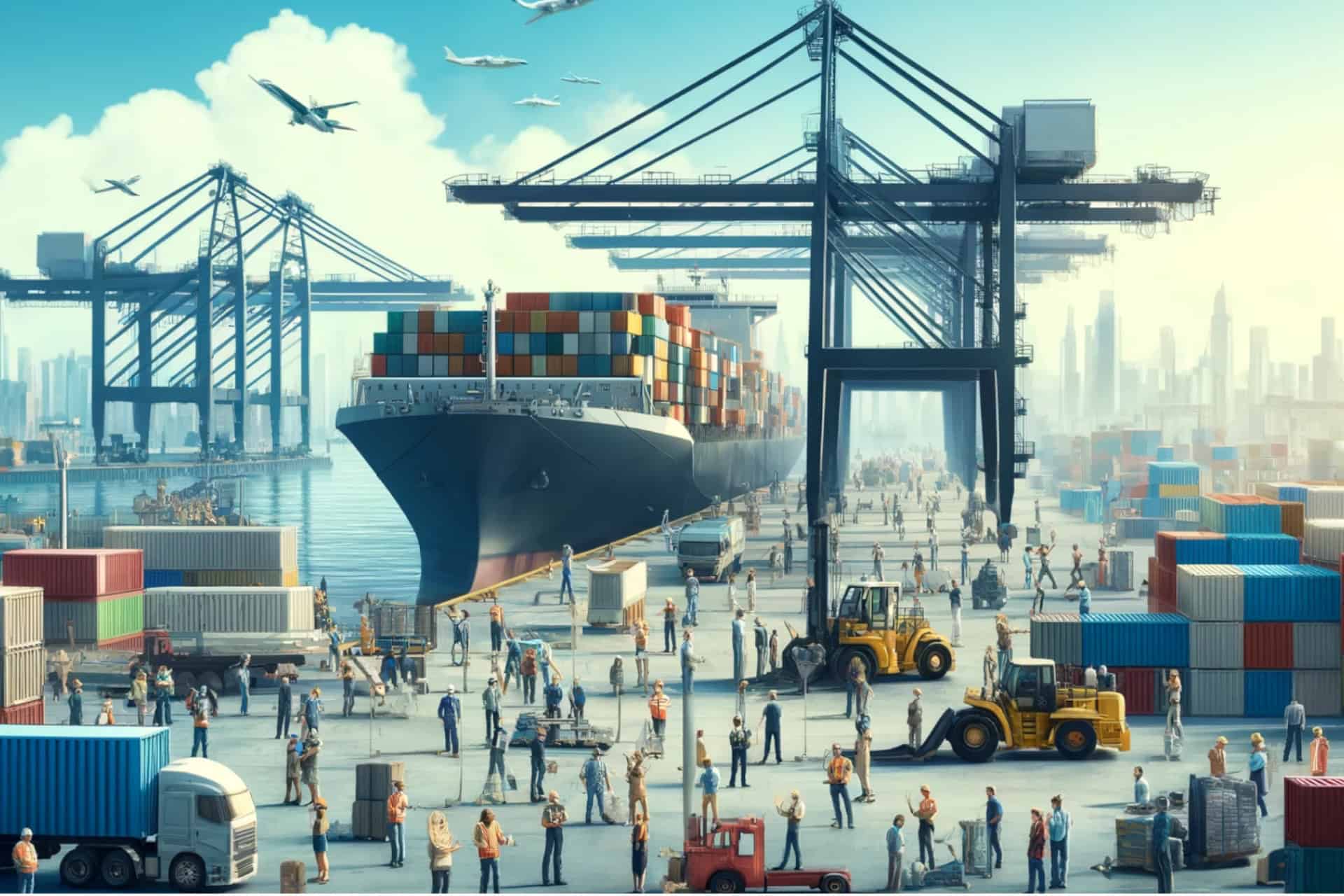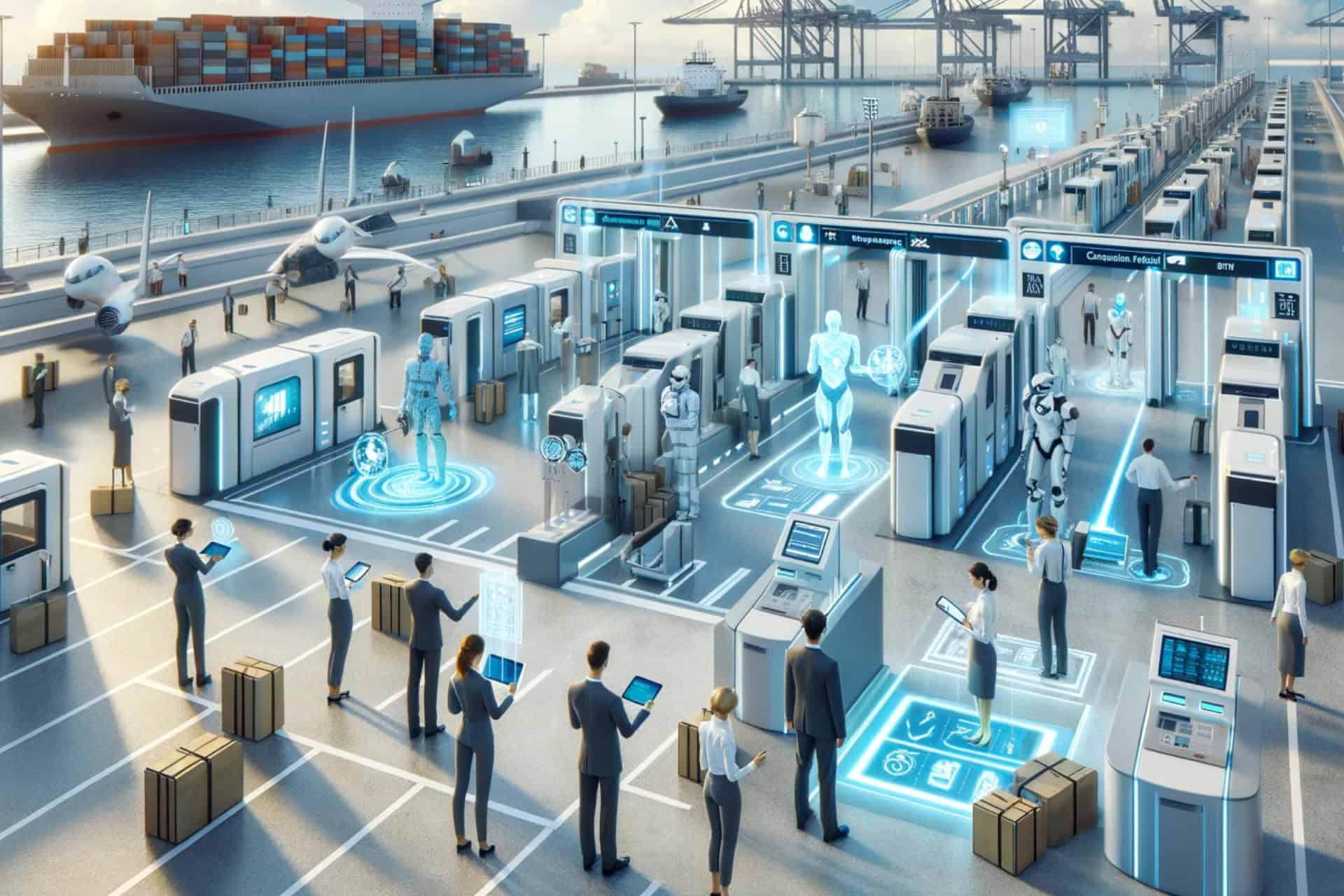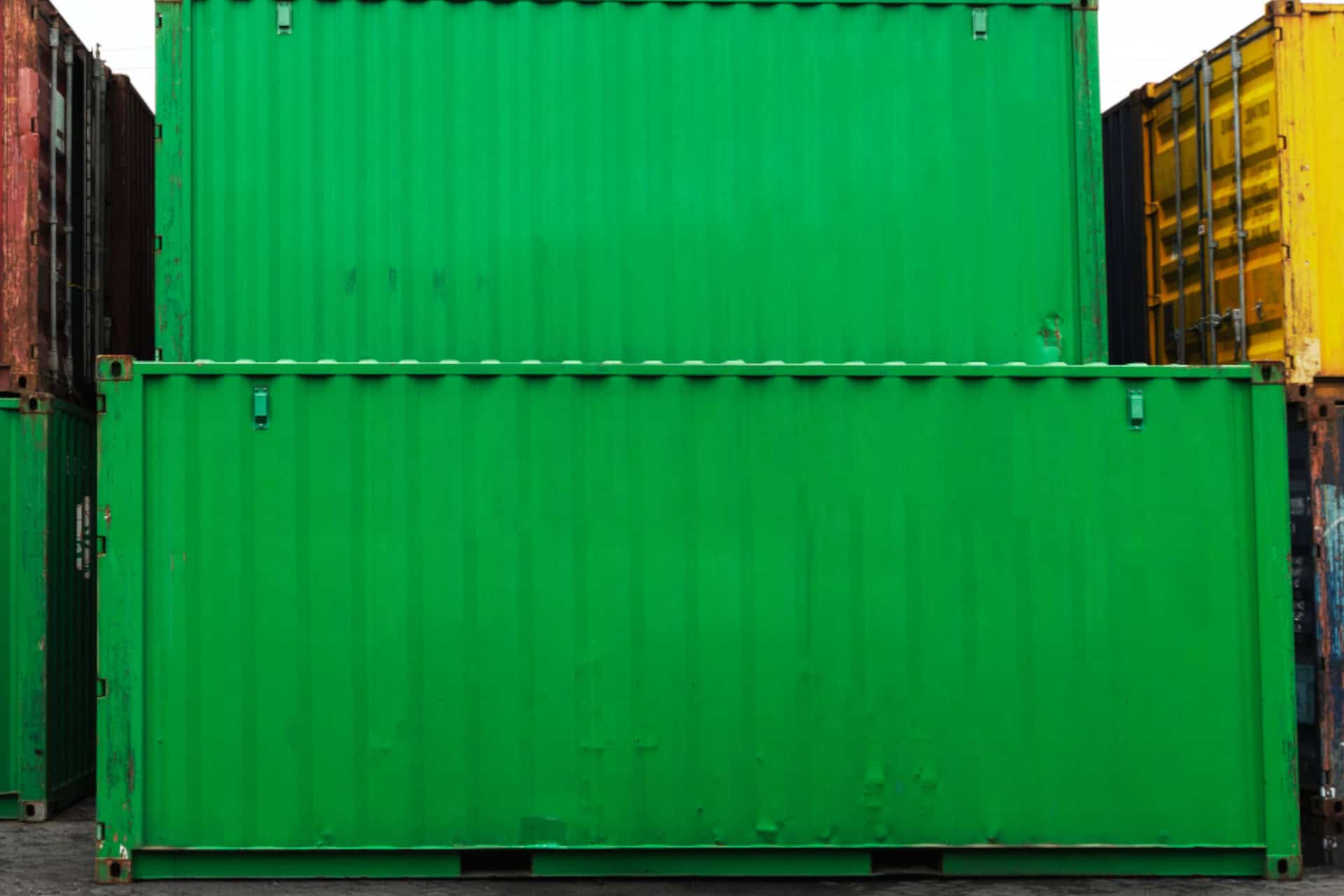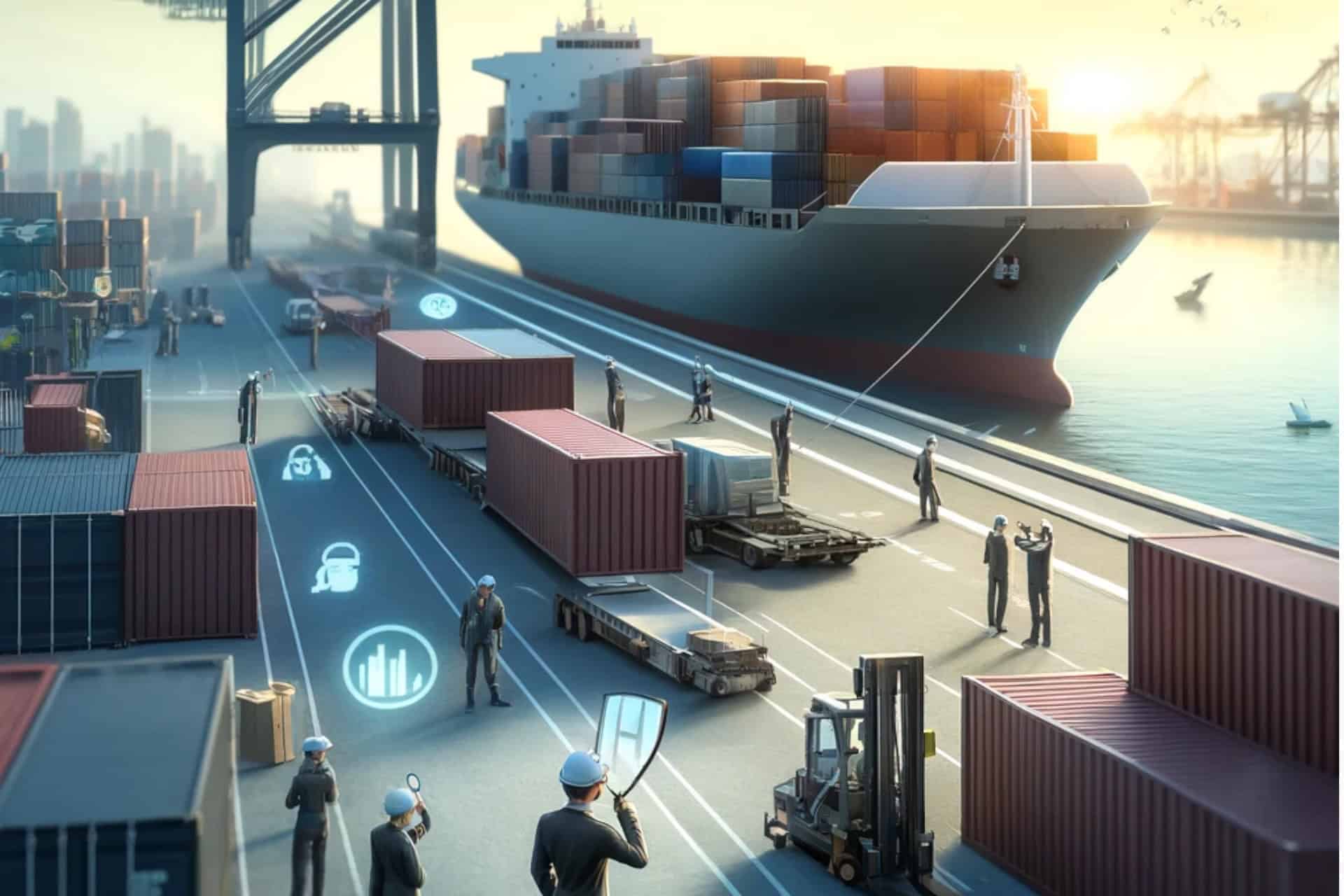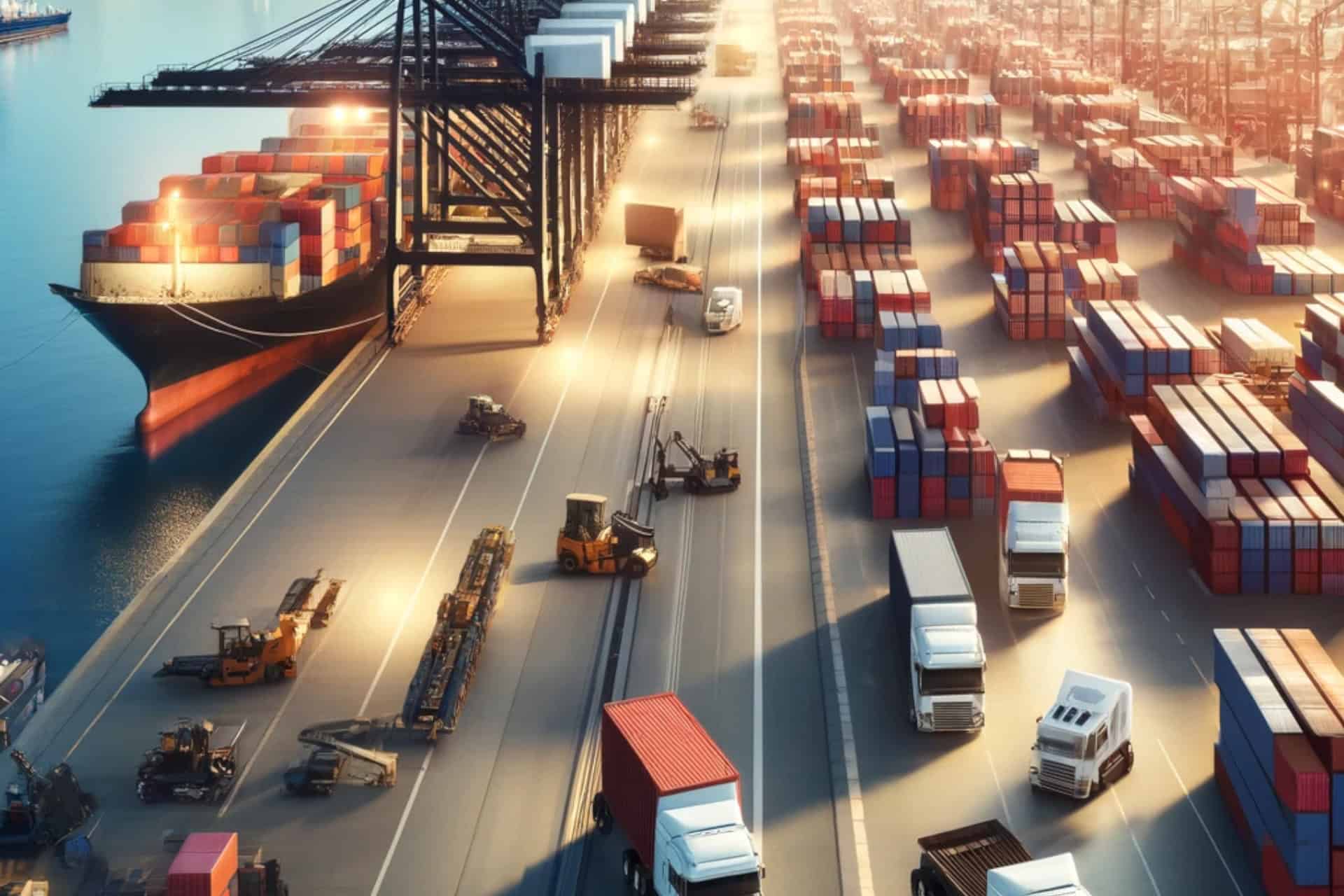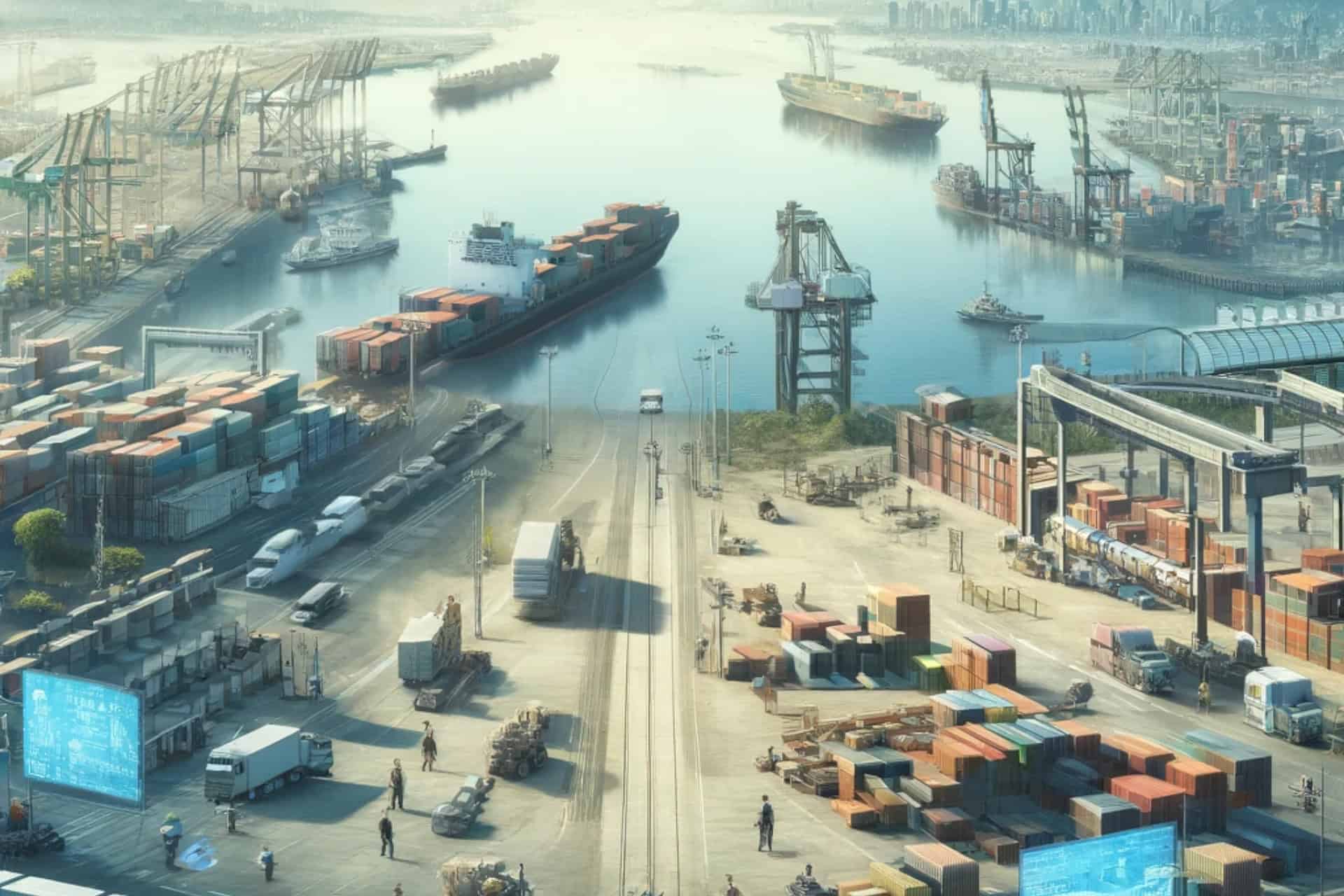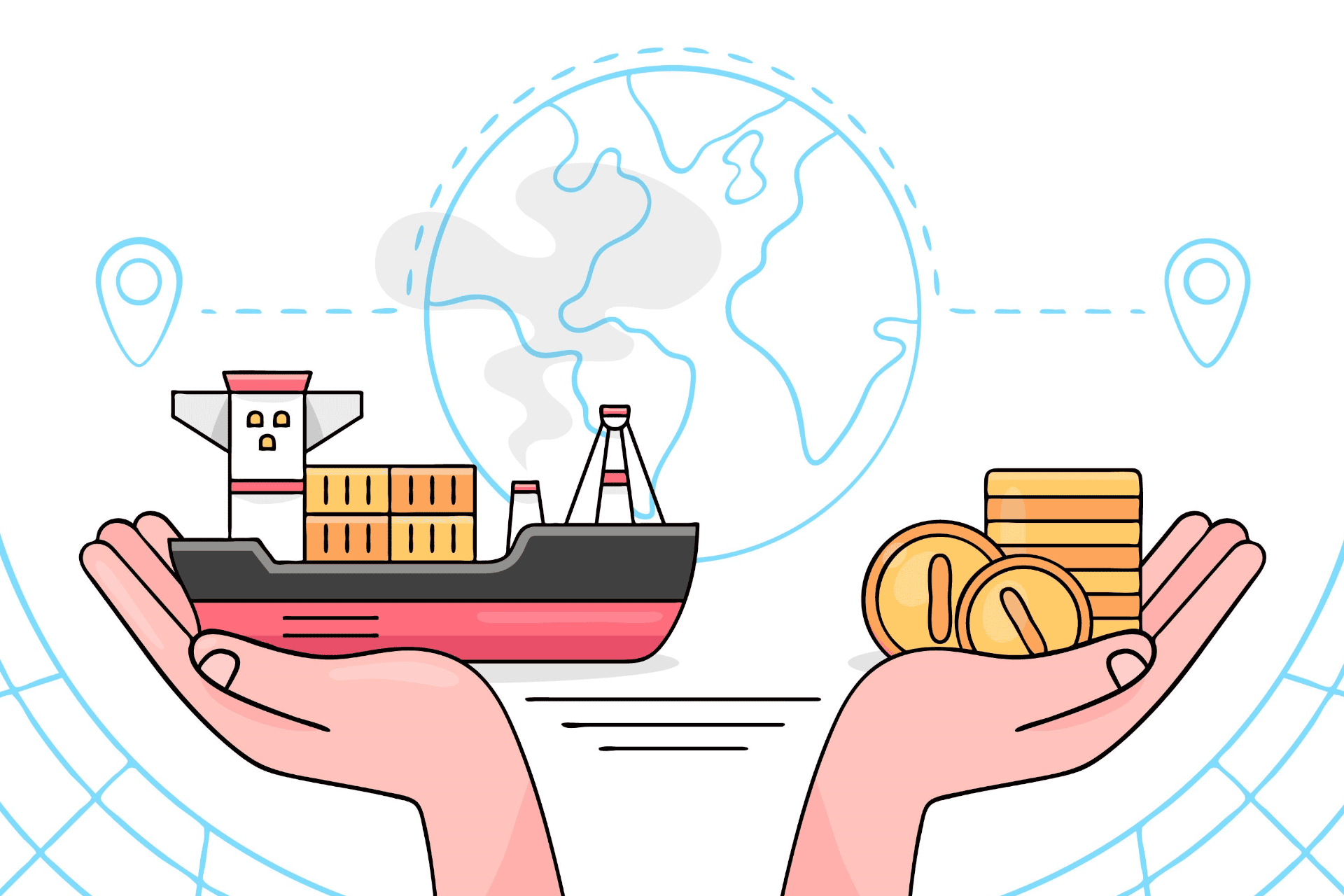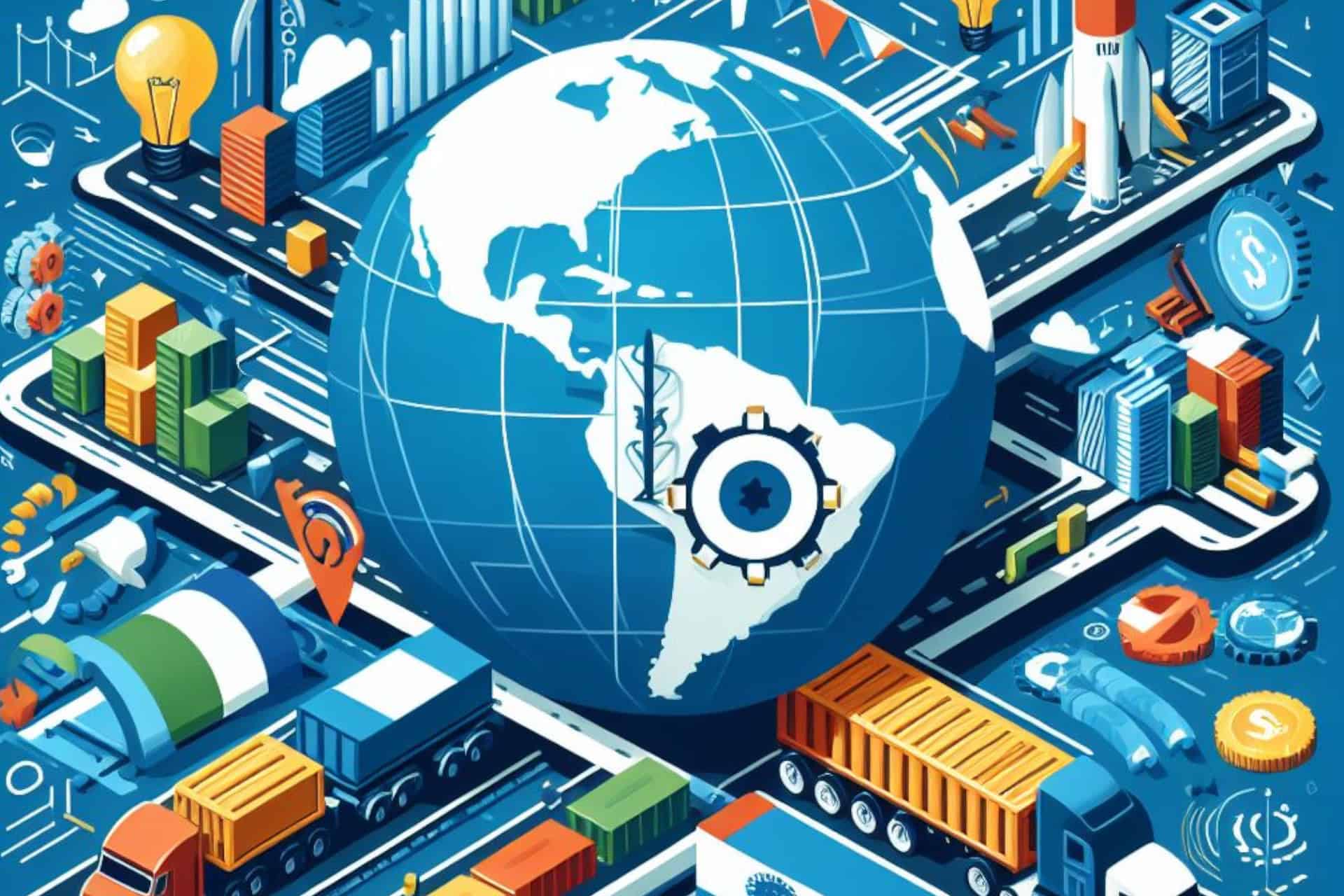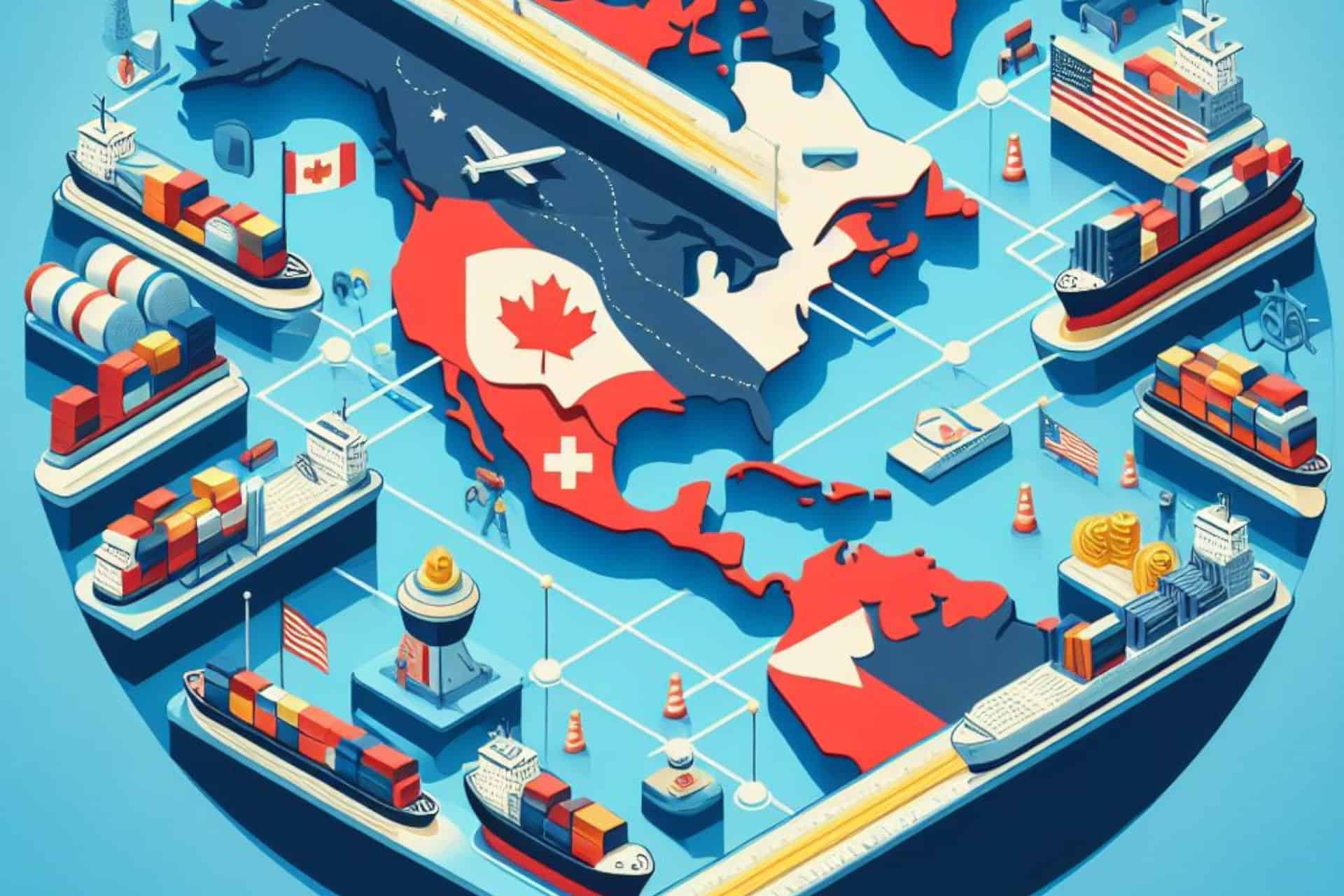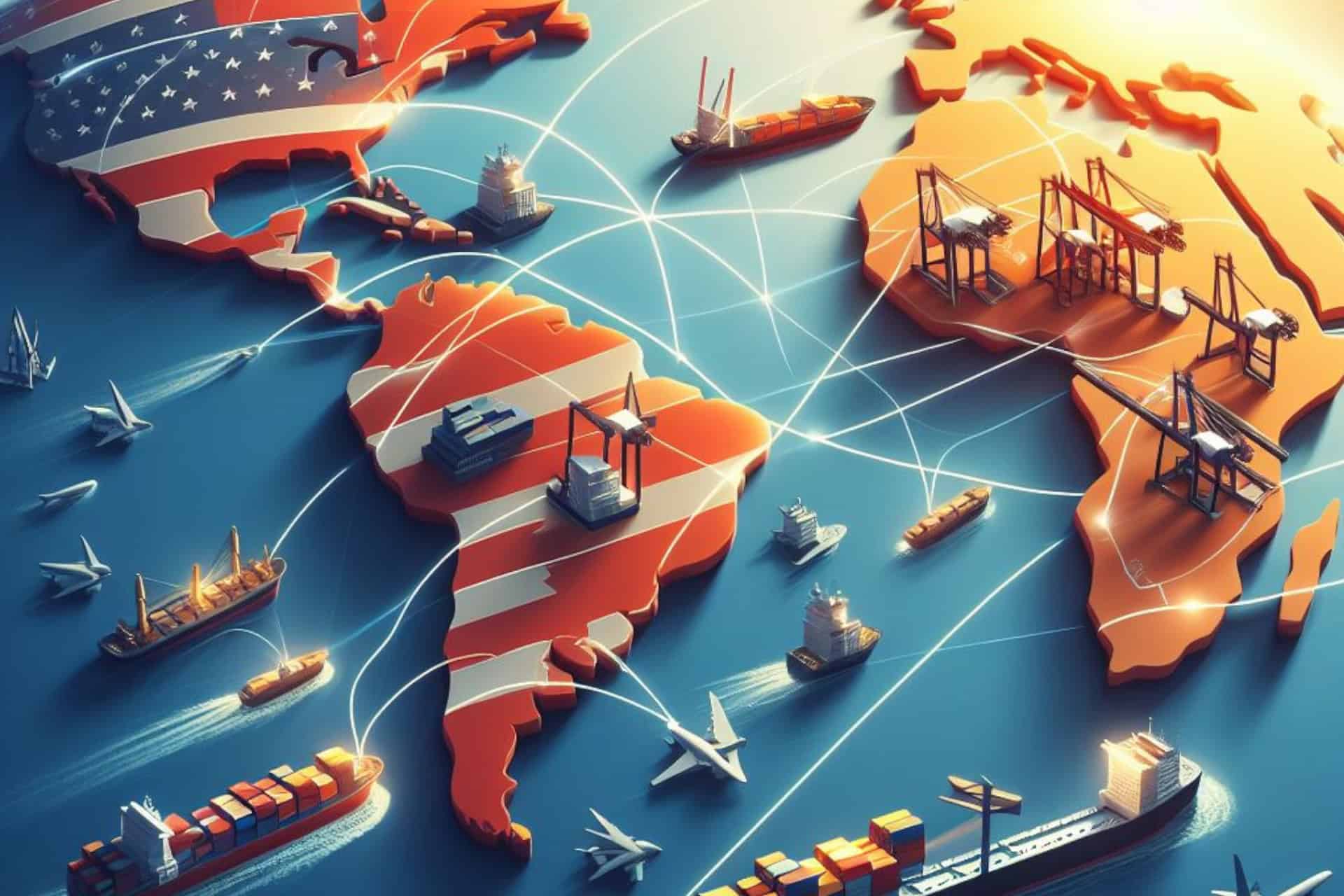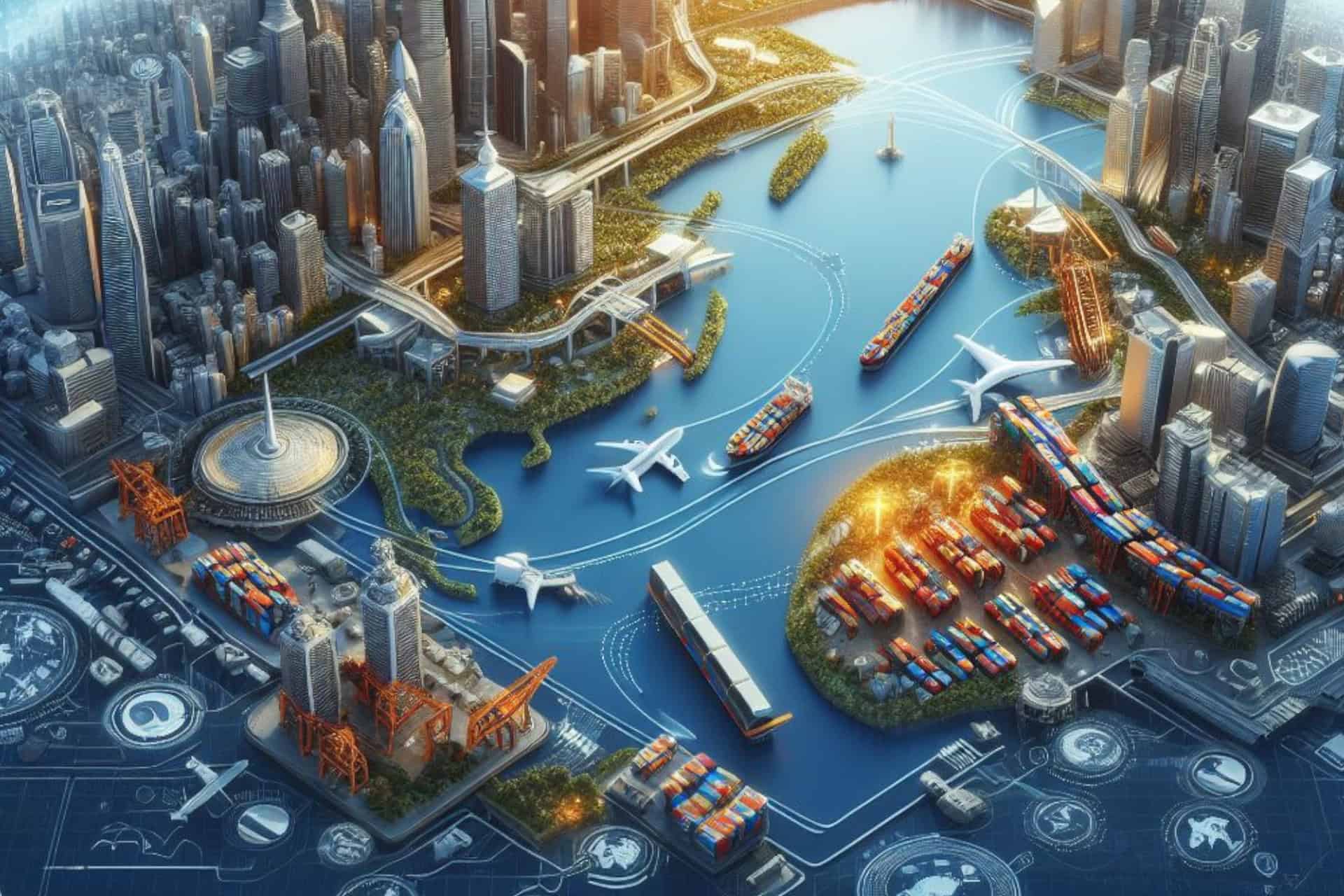Latin America stands at a pivotal moment in its journey towards becoming a hub for regional trade integration. With its geographical advantage, diverse economies, and growing commitment to cooperation, the region has the potential to emerge as a vibrant center of commerce and innovation. By overcoming challenges and embracing opportunities, Latin America can chart a course towards sustainable growth, prosperity, and integration on the global stage.
In recent years, Latin America has emerged as a promising hub for regional trade integration, poised to unlock a plethora of economic opportunities and foster greater collaboration among neighboring nations. With its rich diversity, strategic geographical location, and burgeoning markets, the region presents an ideal landscape for nurturing trade ties and fostering economic growth.
Latin America's geographical advantage cannot be overstated. Spanning from the northern border of Mexico to the southern tip of Chile and Argentina, the region connects North and South America, acting as a vital bridge for trade between the two continents. This strategic positioning offers a gateway for businesses to access multiple markets, facilitating the flow of goods, services, and investments.
Furthermore, Latin America boasts a diverse array of economies, ranging from emerging markets to established industrial powerhouses. This diversity not only fuels innovation and creativity but also presents an opportunity for complementary trade partnerships. By leveraging each country's comparative advantages, such as natural resources, skilled labor, and technological capabilities, nations within the region can enhance their competitiveness on the global stage.
One of the key drivers propelling Latin America towards becoming a hub for regional trade integration is the proliferation of trade agreements and blocs. Initiatives such as the Pacific Alliance, Mercosur, and the Caribbean Community (CARICOM) serve as frameworks for promoting economic cooperation, reducing trade barriers, and harmonizing regulations. These agreements not only facilitate intra-regional trade but also strengthen the region's position in the global marketplace by creating a unified front.
Moreover, advancements in technology and digitalization are revolutionizing the way businesses operate in Latin America. E-commerce platforms, digital payment systems, and cross-border logistics solutions are streamlining trade processes and expanding market reach. As the region embraces digital transformation, it opens up new avenues for collaboration and trade, empowering businesses of all sizes to participate in the global economy.
However, while Latin America's potential as a hub for regional trade integration is vast, several challenges persist. Infrastructure gaps, bureaucratic hurdles, and regulatory inconsistencies often impede the seamless flow of goods and services across borders. Addressing these obstacles requires coordinated efforts from governments, businesses, and civil society to invest in infrastructure development, streamline customs procedures, and harmonize regulatory frameworks.
Furthermore, fostering inclusive growth and addressing socio-economic disparities are crucial for ensuring that the benefits of trade integration are shared equitably across society. By promoting social inclusion, investing in education and skills development, and empowering marginalized communities, Latin America can create a more resilient and prosperous region for all its citizens.
#LatinAmerica #TradeIntegration #RegionalEconomy #EconomicCooperation #LatinAmericanTrade #PacificAlliance #Mercosur #CARICOM #DigitalTransformation #InclusiveGrowth #InfrastructureDevelopment
Read more views






